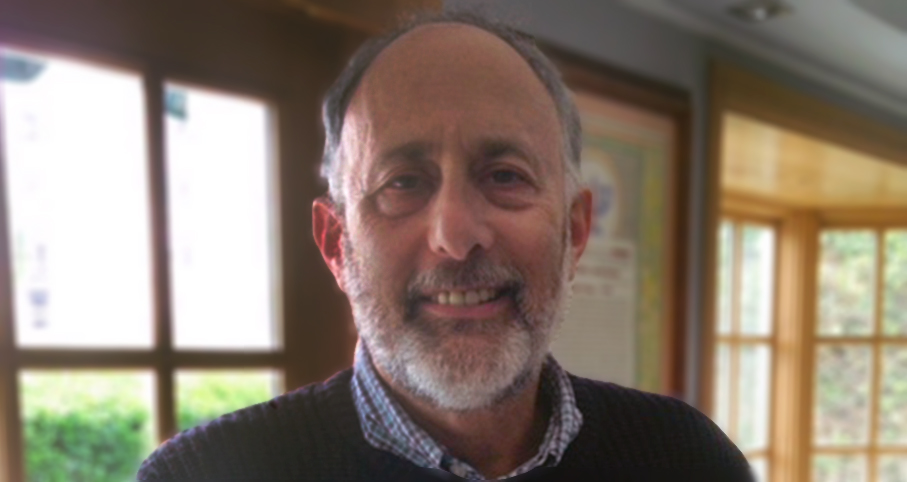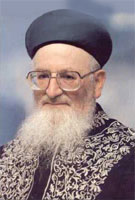Beit Midrash
- Shabbat and Holidays
- The Tenth of Tevet
- Yom Hakaddish Haklali
All of the Holocaust museums world wide and especially Yad Vashem here in Jerusalem are magnificent in their historic presentation of the awful facts of the Holocaust. But one never leaves the museums with a sense of comfort or even consolation let alone closure.
There is no museum that can speak to the soul of the Jew. It speaks to our senses, even to our intellect, to our hearts, but somehow never to our soul. And it is that emptiness deep within our soul that gnaws at us and leaves us unfulfilled no matter how magnificent the museum or meaningful the memorial ceremony may be.
There are numerous groups within the Jewish society that somehow do not participate in Holocaust memorial days or events. There are many reasons advanced for this seemingly insensitive behavior, none of which are satisfactory to my mind or soul. Yet I feel deep down in my being that the spiritual and soulful emptiness that somehow always accompanies these commemorations reflects the absence of so many Jews.
I say this not in criticism of any of the commemorations. They have an impossible task and therefore one should almost expect them to fall short of the mark. But the intellectual acceptance of this fact still does little to quiet the turmoil in my soul.
I have always identified myself and our post-Holocaust generations with the great imagery of the scene described by the prophet Yechezkel. The prophet views a large valley covered by bleached scattered human bones. The Midrash teaches us that these were the remains of the tens of thousands of the tribe of Joseph who attempted to escape Egyptian bondage before the actual redemption from Egypt by Moses took place.
They had fallen victim to the ravages of the desert and the enmity of the pagan tribes that persecuted them. The prophet sees no hope for their revival. After all, by his time they have already been dead for millennia. And the prophet also senses that they have never properly been mourned and commemorated.
The Lord informs the prophet that these bones are symbolic of "the entire household of Israel." The household of Israel is itself overwhelmed with its anonymous dead who have no graves or monuments to somehow mark the fact that they once lived on this earth. The prophet despairs of their revival or continuity.
But the Lord tells him to prophesy over the dry bones and restore them to their physical human form. Then the spirit of the Lord enters them and they come back life and arise on the valley floor as a mighty host.
The prophet does not tell us what the end of this story was. What happened to this mighty host of newly and miraculously revived Jews? The Talmud offers two different insights on this matter. One is that the revival was only a temporary phenomenon and that they all reverted immediately to being dry dead bones.
This opinion was contradicted by the sage Rabbi Yehuada ben Beteira. He rose in the study hall and stated: "God forbid that we should advance such a pessimistic opinion. Rather, they married, raised children and lived a full life thereafter. And I am a descendant of theirs and as a proof of the matter I hold in my hand the tefilin of my ancestors [that they themselves wore.]"
I feel that the only closure that can reach our soul regarding Jewish tragedy is the recognition of the continuity of generations and tradition that binds the Jewish people together. Our past, those that are gone and even those who are unknown to us whose ashes and bones litter the landscape of a cursed continent, live on through us - through our achievements and struggles on behalf of Torah and Israel.
We wear their tefilin, many of us literally, all of us figuratively. This realization regarding the tefilin will always speak to our souls and help us to truly commemorate the Holocaust and the resilience of the Jewish people in overcoming a tragedy of even such incalculable dimensions.






















